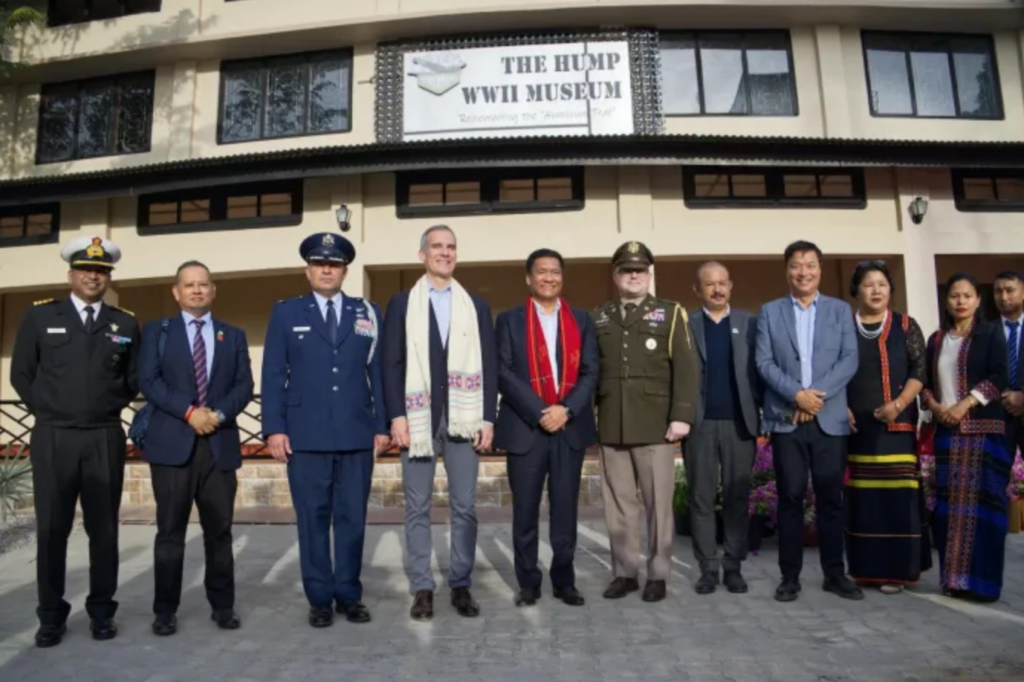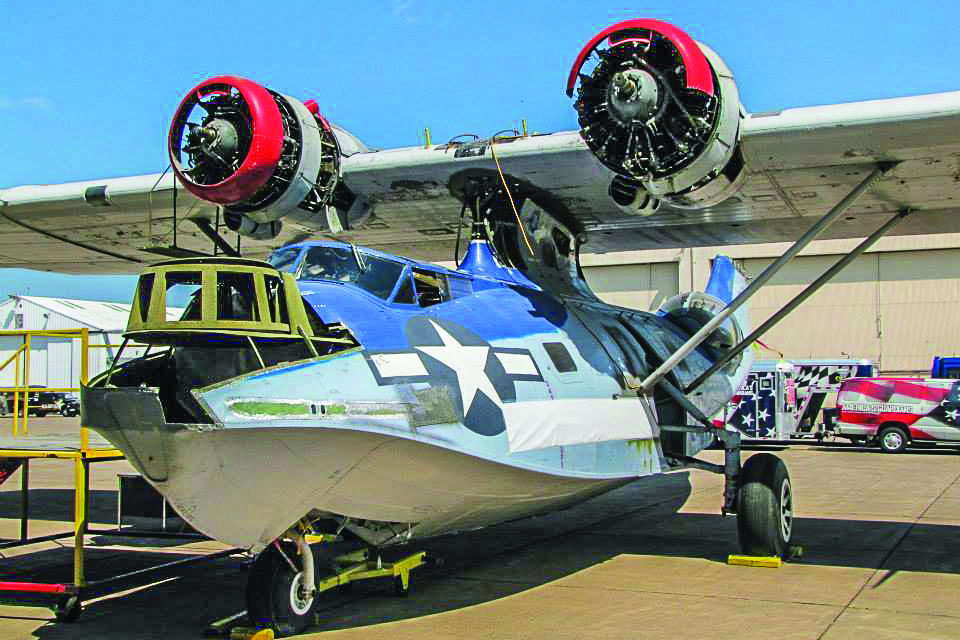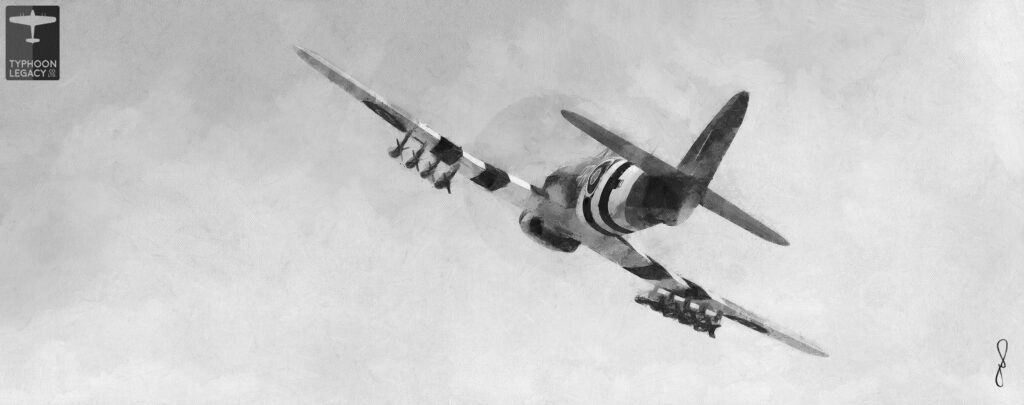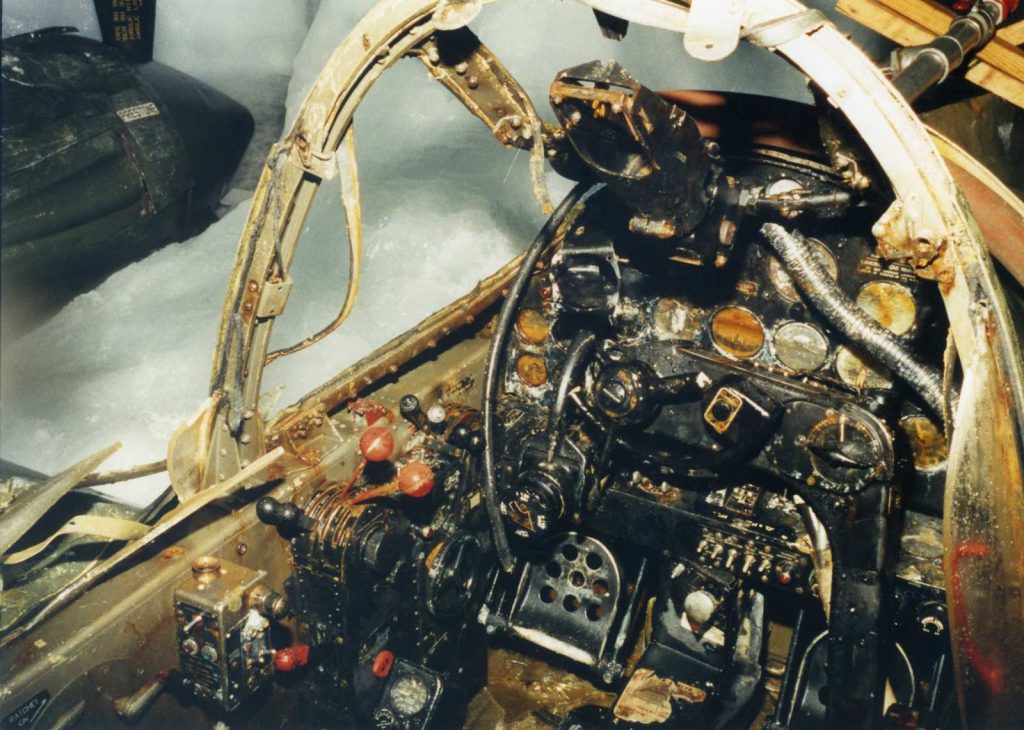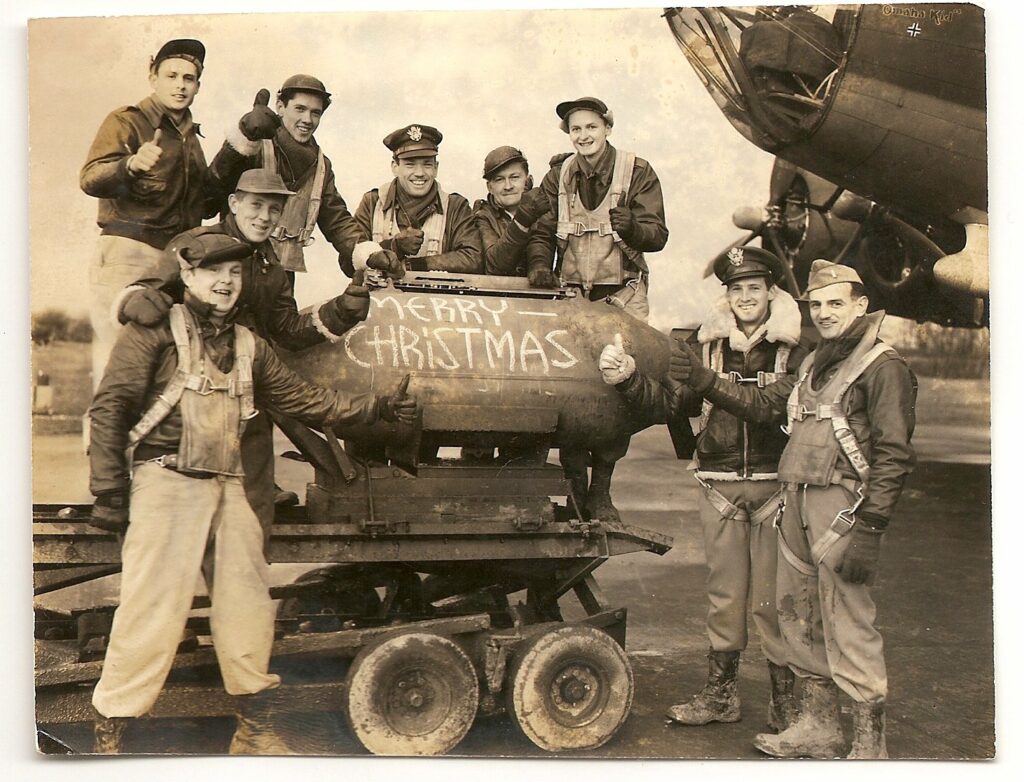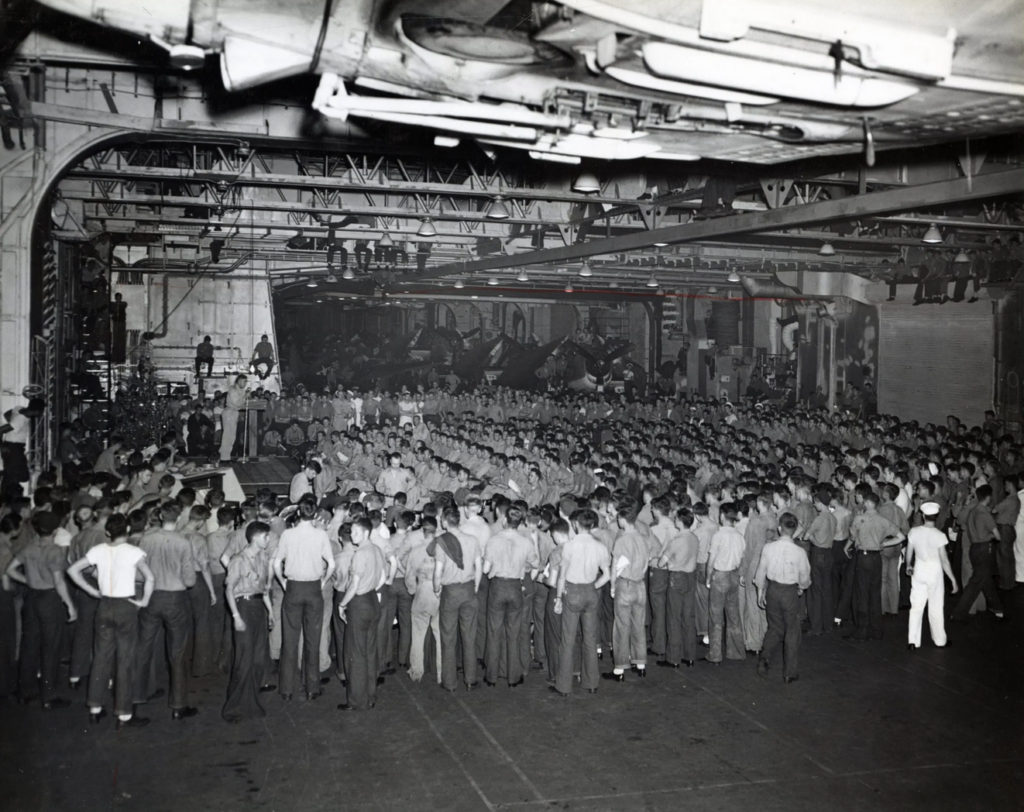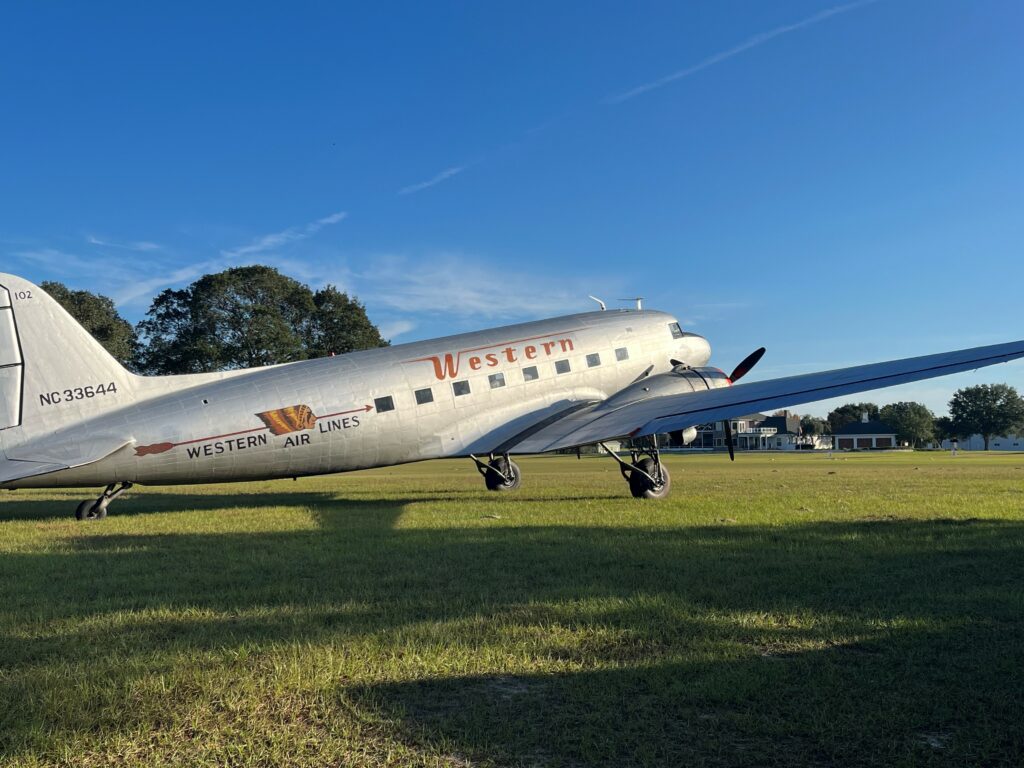On November 30th a new aviation museum was opened in Pasighat, Arunachal Pradesh, India by US Ambassador to India, Eric Garcetti, and Chief Minister of Arunachal Pradesh, Pema Khandu. Known as The Hump WWII Museum, [...]
On November 30th a new aviation museum was opened in Pasighat, Arunachal Pradesh, India by US Ambassador to India, Eric Garcetti, and Chief Minister of Arunachal Pradesh, Pema Khandu. Known as The Hump WWII Museum, it features the wreckage of aircraft lost while flying the eponymous route. The museum is run by Oken Tayeng, an adventure tour guide turned historian. Tayeng accompanied teams from the Defense POW/MIA Accounting Agency as they searched for the sought to identify and repatriate the remains of Americans. Cameras, machine guns, propeller blades, oxygen tanks, and other objects brought back from the trips are now on display at the museum.
Known as “The Hump”, the route supplied the 14th Air Force with ammunition, fuel, and other material necessary to carry out missions against Japanese forces in China, Burma, and India. It required dangerous, high-altitude flights over the Himalayas. Despite delivering 650,000 tonnes of equipment, 590 aircraft and 1,650 lives were lost. The unrecovered remains of approximately 400 of these airmen are likely still located on the mountainsides and ravines of the terrain.
The creation of the museum comes amid a reevaluation of Indian participation in World War II. The conflict had been mostly ignored for decades due to an association with colonialism, as Britain ruled the country until 1947.
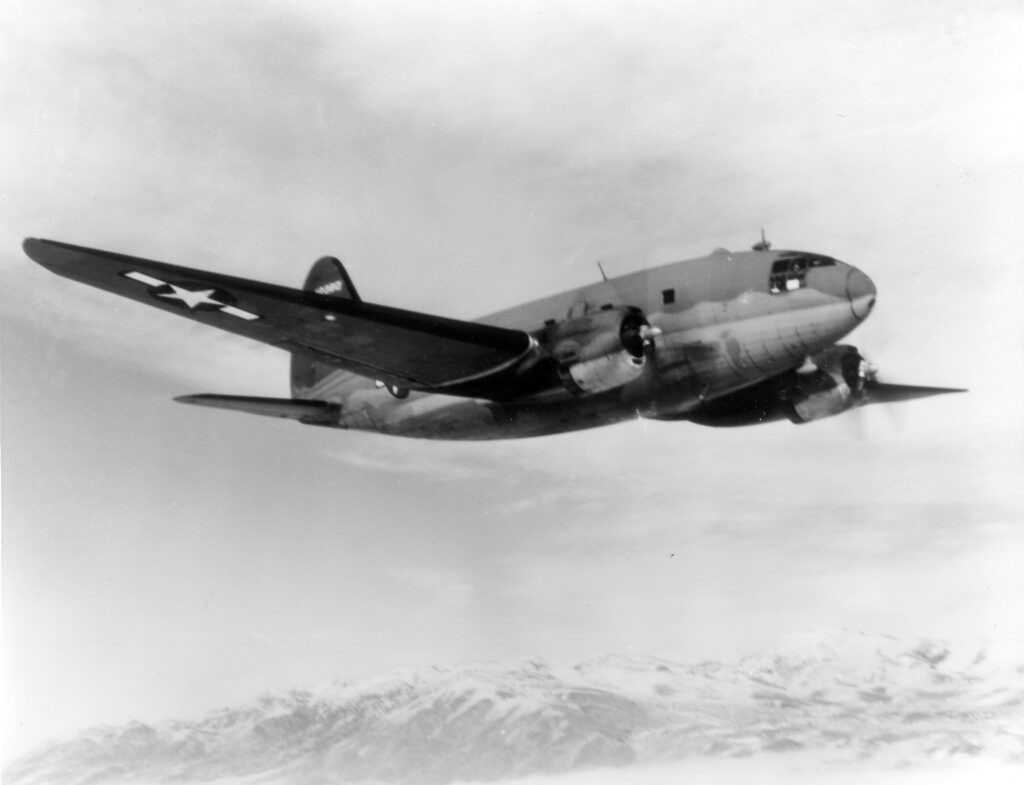 The Hump involved aircraft, primarily C-46s as shown above, flying from bases in eastern India to China and back again.
The Hump involved aircraft, primarily C-46s as shown above, flying from bases in eastern India to China and back again.



